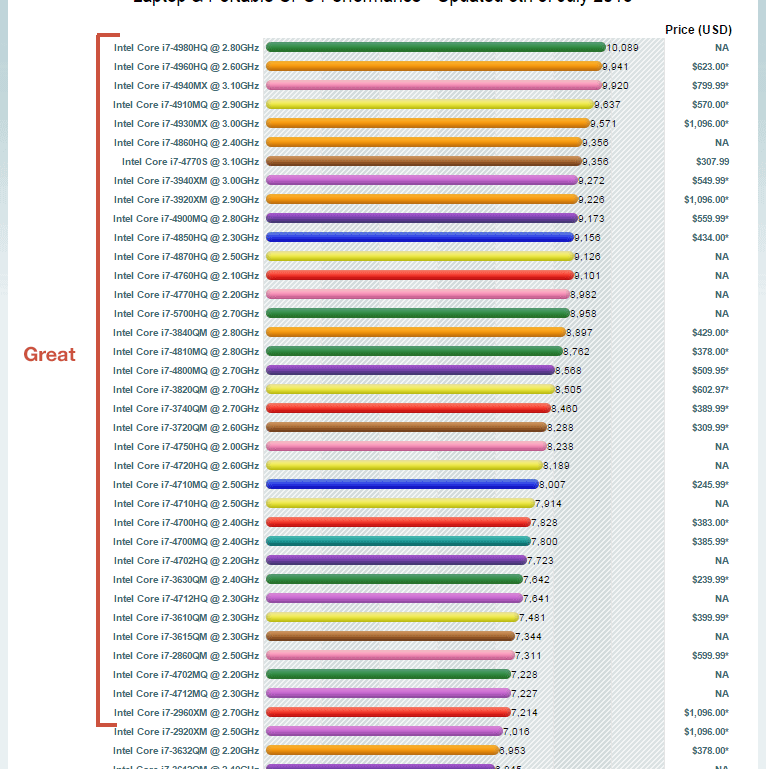

Generally, I try to keep my buffer size around 128 samples or less if possible when doing live recording, but I bump up the buffer size to 1024 or 2048 samples if I experience performance issues when mixing or mastering audio. If you can live with increased latency, bump up your buffer size and your CPU will be significantly less taxed. Unfortunately, a longer buffer size means more latency, which can be troublesome especially if you’re doing musical tasks that require precise timing (like live recording). In practice, this means that a longer buffer size can alleviate common issues like clicks and pops during playback, audio dropouts, choppy audio, and aliasing. If the computer has more time to work, the CPU can allocate less resources to performing that work. Put simply, a longer buffer size means the machine has more time to make the calculations asked of it by the DAW. Adjust audio buffer sizeīuffer size is a measure of the length of time the computer has to perform a given set of operations. In this post, we’ll talk about a few common tactics and best practices for reducing your CPU’s workload and getting your sessions back to feeling snappy again. Overworking your CPU can cause any or all of these problems, which mess up the flow of your session and halt creativity in its tracks.

Experiencing audio dropouts, aliasing, sluggish response, or crashes within your DAW?


 0 kommentar(er)
0 kommentar(er)
